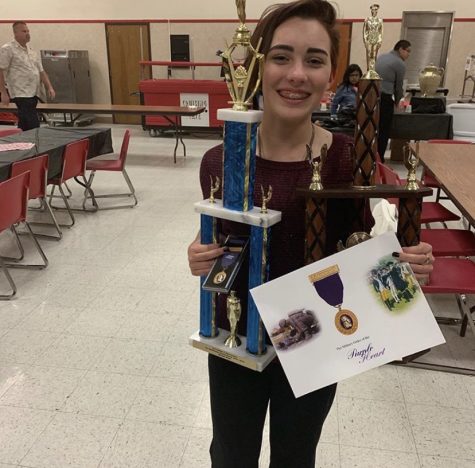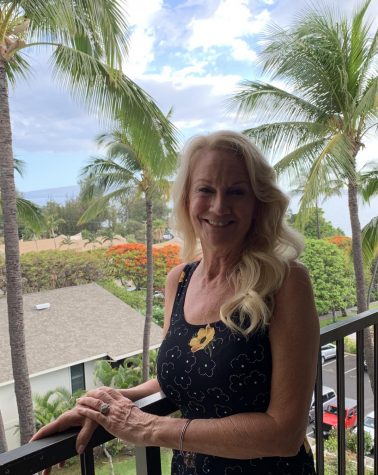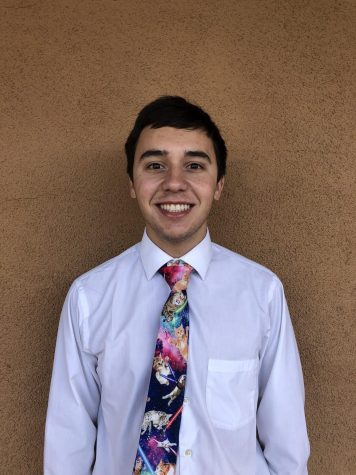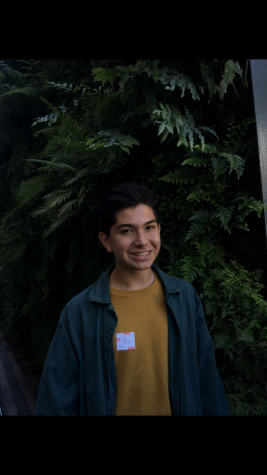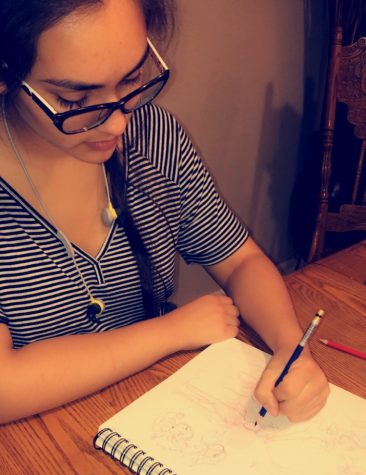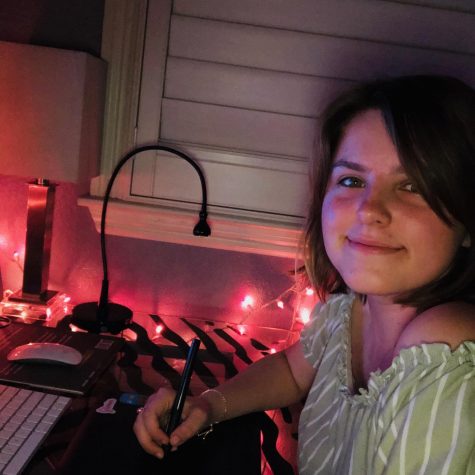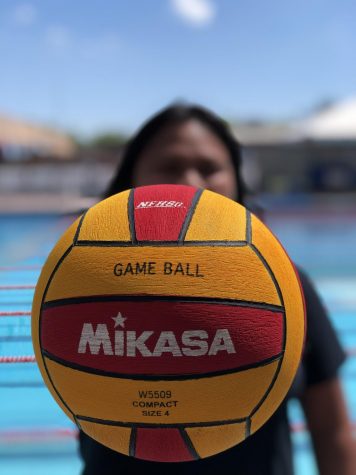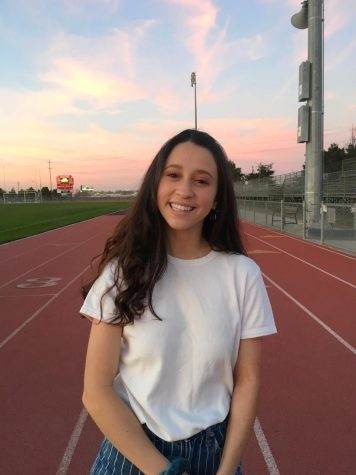Why So Wasteful?
Recycle it Ripon High!
We see the black and blue recycling bins around campus and we hear about what’s happening to our oceans. Students have stickers on their Hydroflasks and pins on their backpacks that read “save the turtles!” or “save the bees!”, but why should we put our bottles in the recycling bin and why should we care about the turtles or the bees?
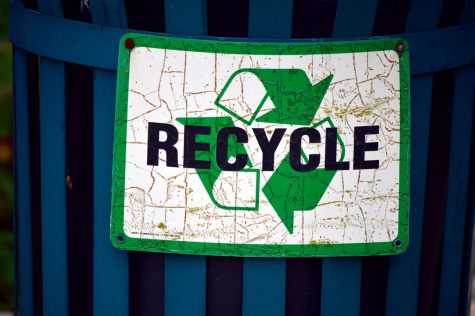
Did you know that nearly a million plastic beverage bottles are sold every minute around the world? (Info via National Geographic.)
It’s because our earth is getting sick and we are the ones feeding it poison. According to Stanford University, the average American discards approximately seven and a half pounds of garbage every day and this garbage ends up in landfills where it then is compacted and buried which uses a lot of energy and releases carbon into our atmosphere. Why do we continue harming our environment? Instead of biting the hand that feeds us, we should be taking care of it; and one of the easiest ways to do so is to recycle.
In a recent survey about recycling that was filled out by the students and staff of Ripon High, 80.8 percent of the participants said that they recycled and the top materials that they recycle are plastic, glass, and aluminum.
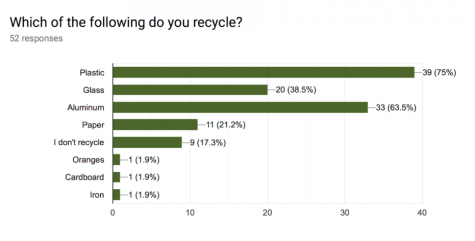
At school, recycling those materials is made easy for everyone on campus. Almost every single classroom has its own recycling bin, and that’s not including the various ones scattered around campus in the gyms and library.
Ripon High’s recycling program is ran by the Smoke Signal staff and the Journalism instructor Mrs. Valponi. Each container on campus is set up, emptied, and replaced when needed by the Journalism program.
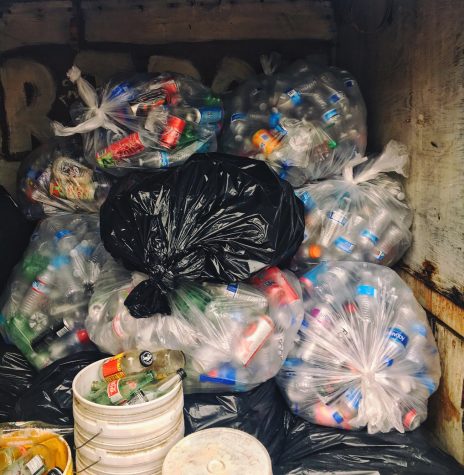
The Smoke Signal staff collects recycling from the classrooms on campus every few weeks and moves it to this storage shed where it will be crushed and sorted by the journalists before it is taken to a recycling plant.
“We’ve been recording our recycling with PepsiCo Recycling for a year and a half. Since then, we’ve recycled 1355 pounds, which is about 28,500 bottles. According to PepsiCo, we’ve saved enough energy to power a house for an entire year,” Mrs. Valponi shares.
Every bottle that is recycled counts and the positive impact of a small action like tossing a bottle into the recycling bin really adds up over time.
Advanced Placement Environmental Science teacher Mr. Ruhland encourages his students to recycle and is well aware of the impact that comes when we don’t.
“Since all the resources that we use require energy in their journey to us, this creates a large energy (a.k.a. carbon) footprint. Our energy sources are mostly fossil fuels and release huge amounts of carbon into the atmosphere. Using less things means we use less energy,” he explains.
Mr. Ruhland suggests that using a reusable bottle, avoiding buying plastic water bottles, eating less meat, driving less, and using a more economical car are all ways to be more environmentally friendly in our everyday life.
Of course recycling our bottles, cans, containers, and papers help the environment, but so does recycling our clothing. More and more fashion brands are becoming environmentally aware, including H&M, Levi’s, and The North Face. In 2017 alone, H&M collected more than 17,700 tons of textiles (which is the equivalent of 89 million T-shirts)! The three companies accept clothing from any brand that is in any condition, so if you have old clothing, drop it off at the H&M store in the mall and get a discount on your next purchase.
Taking care of our planet does not have to be difficult! A simple good decision such as putting your old papers in a bin to take to the Ripon Recycling Drop-Off site or purchasing reusable cups instead of styrofoam ones can help make the world a better place.
“Remember the three R’s,” Mr. Ruhland advises. “Reduce, Reuse, and Recycle.”
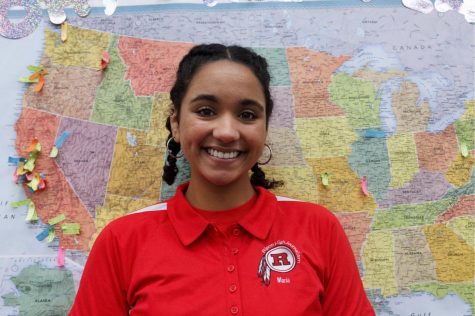
Maria Soto is a junior at Ripon High. Her personal goals for this school year are to be as involved as she can and achieve a high grade point...

